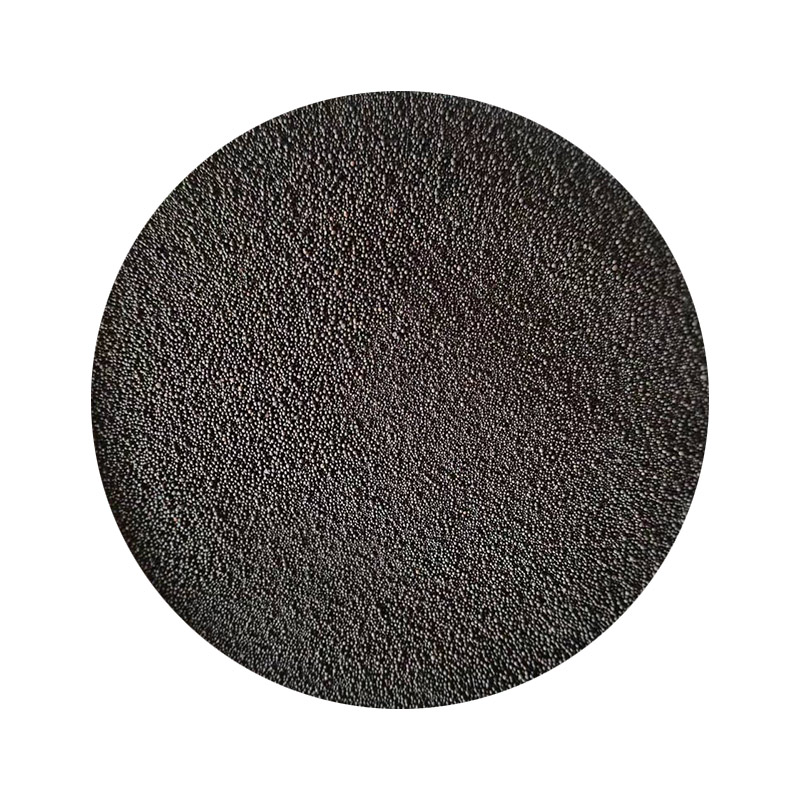Products Made from Sand Casting An Overview
Sand casting, one of the oldest and most widely used metal casting processes, has been integral to manufacturing a diverse range of products across various industries. This versatile technique involves the creation of metal parts by pouring molten metal into a sand mold. After the metal cools and solidifies, the mold is removed, and the cast product is revealed. The unique properties of sand casting, such as its ability to create complex shapes and accommodate various types of metals, make it suitable for a broad spectrum of applications. In this article, we explore some of the key products made from sand casting and their significance in different sectors.
1. Automotive Components
The automotive industry extensively utilizes sand casting to produce numerous components. Engine blocks, cylinder heads, oil pans, and exhaust manifolds are prime examples of products that benefit from this process. Sand casting allows for the creation of intricate shapes and designs, catering to the tight tolerances and specifications needed for high-performance vehicles. The ability to produce large castings in relatively low-cost molds makes sand casting an attractive option for automotive manufacturers aiming to balance quality with cost-effectiveness.
In the aerospace sector, precision and reliability are paramount. Many components, such as turbine housings, brackets, and structural components, are made using sand casting due to its ability to produce complex geometries and lightweight structures. The aerospace industry demands remarkable strength-to-weight ratios, and sand casting processes allow the use of various alloys that meet these strict requirements. Furthermore, the tooling costs for sand molds are significantly lower than those for permanent molds, making it a more economical option for prototype and small batch production.
3. Industrial Machinery
Sand casting is a common method for producing parts used in industrial machinery and equipment. Items such as pump housings, valve bodies, and gearbox casings are often created through this process. These components require robust construction to withstand harsh operational conditions. The durability of sand-cast products, combined with their ability to be produced in large quantities, makes sand casting a preferred choice in this industry. Furthermore, the process allows manufacturers to achieve the necessary surface finish and dimensional accuracy for mechanical applications.
what products are made from sand casting

4. Artistic and Decorative Items
Beyond industrial applications, sand casting is also utilized to create artistic and decorative items. Statues, sculptures, and various types of jewelry can be made from sand casting techniques. Artists appreciate the process for its flexibility in creating detailed designs and textures, which can capture intricate details that enhance the aesthetic appeal of the finished product. The use of various alloys, including bronze and aluminum, allows for different finishes and patinas, providing artists with a wide range of creative possibilities.
5. Construction Materials
In the construction industry, sand casting plays a significant role in producing architectural features such as columns, decorative facades, and building components. Sand-cast products can range from simple bricks to complex roof trusses, all designed to be both functional and visually appealing. The adaptability of sand casting allows for customized solutions that meet specific architectural requirements while maintaining structural integrity.
6. Marine Applications
Marine equipment often requires components that can withstand harsh environments and corrosive conditions. Sand casting is used to create numerous marine products, including propellers, hull fittings, and pump housings. The ability of sand casting to produce robust, corrosion-resistant components makes it a preferred manufacturing method for the marine industry. Additionally, the large size of some marine components can be efficiently achieved using sand molds.
Conclusion
In summary, sand casting is a vital manufacturing process that spans multiple sectors, producing a wide array of products characterized by strength, complexity, and design flexibility. From automotive and aerospace components to artistic pieces and marine applications, the versatility of sand casting continues to drive innovation and efficiency in production. As industries evolve, the demand for high-quality, cost-effective cast parts will likely sustain and even expand the role of sand casting in modern manufacturing practices. With the ability to adopt new materials and technologies, the future of sand casting looks promising, ensuring that it remains a cornerstone of manufacturing for years to come.
Post time:דצמ . 12, 2024 15:58
Next:metal sand casting process
